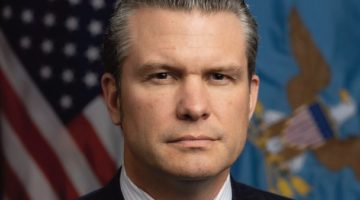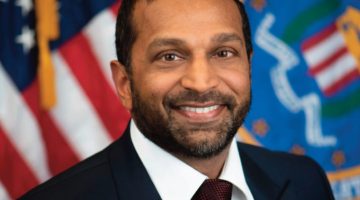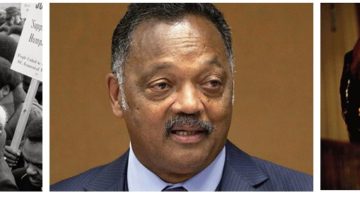Fort Lauderdale, Fla. (AP) – No one knows how the coronavirus arrived in Florida as 2020 dawned. Maybe a Super Bowl visitor brought it before the Kansas City Chiefs defeated the San Francisco 49ers in early February. Maybe a business traveler returning from Asia, Seattle or New York or a cruise passenger was infected.
What is known is like the rest of the planet, the pandemic dominated Florida headlines in 2020 – more than 21,100 residents have died from COVID19, tens of thousands have been hospitalized and more than a million caught it.
The virus cratered the state’s economy. Unemployment is at 6.4%, up from 2.9% a year ago – it peaked at 14.5% in May. At one point, more than a million Floridians needed unemployment assistance – a crisis made worse when the state’s computer system for seeking benefits crashed under the strain.
Because of the pandemic, Jacksonville was awarded much of the Republican National Convention when Charlotte, North Carolina, imposed attendance restrictions. But shortly before the convention opened, a July spike canceled it.
Of course, the virus wasn’t the only major Florida story in 2020. President Donald Trump carried his adopted home state, defeating President-elect Joe Biden by 3 percentage points, defying predictions that Florida’s race would be a nail-biter.
November’s election had only minor problems even with the pandemic, perhaps burying the state’s reputation for voting ineptitude forever. Voters overwhelmingly increased the minimum wage. Still, thousands of released felons who thought a 2018 ballot measure had restored their voting rights were told by courts they first must pay all fines and fees.
Like much of the country, protests erupted after George Floyd’s May death while being arrested by Minneapolis police, but most were peaceful.
And some uniquely Florida stories made headlines. Prosecutors dropped misdemeanor solicitation of prostitution charges against New England Patriots owner Robert Kraft after courts barred videos of him allegedly paying for massage parlor sex. A Connecticut opera singer drew gunfire from Secret Service agents and others outside the president’s Mar-a-Lago home when she sped an SUV through a checkpoint.
CORONAVIRUS
Gov. Ron DeSantis first mentioned the coronavirus publicly in late January when he called the virus a “significant public health threat,” but added no cases had been detected. A month later, just days before Florida’s first confirmed cases, DeSantis told residents the chances of the disease spreading here were low. The first cases were reported March 1; the first deaths March 7. Four days later, DeSantis banned most visitors from nursing homes.
By mid-March, the state’s theme parks and schools closed. DeSantis ordered bars shut down and that restaurants switch to take-out only. He imposed quarantines on visitors from the New York City area and Louisiana. Counties issued stay-home orders – DeSantis said that was his preference as what cities required wasn’t necessary in rural areas.
But on April 1, with 130 Floridians dead and 10,000 confirmed cases, DeSantis issued a 30-day stay-at-home order with exceptions for essential workers and such activities as grocery shopping. Unemployment skyrocketed, but Floridians struggled to get unemployment benefits because the state’s computer system wasn’t designed to handle so many applica. tions simultaneously.
With cases declining, DeSantis loosened restrictions in early May except for hard-hit Miami-Dade, Broward and Palm Beach counties. The state had 36,000 confirmed cases.
In mid-May, restaurants reopened for indoor dining at 50% capacity. Barber shops, salons and gyms also opened with restrictions. DeSantis bragged the state had performed better than New York, New Jersey and other states and criticized the media for reporting projections that forecast a spike that had not yet appeared.
In early June, bars and movie theaters reopened in most of the state with restrictions. Universal Orlando reopened with attendance limits; Walt Disney World, Busch Gardens and SeaWorld followed.
But soon the forecast spike appeared as hospitalizations and deaths soared. By July, daily averages of 11,000 confirmed cases and 200 deaths were recorded.
Then as quickly as cases skyrocketed, they fell. By October there were 2,000 new cases per day and 40 deaths. Then a new outbreak hit – by December more than 7,500 new cases were recorded daily and nearly 100 deaths. DeSantis said there would be no further shutdowns.













No Comment